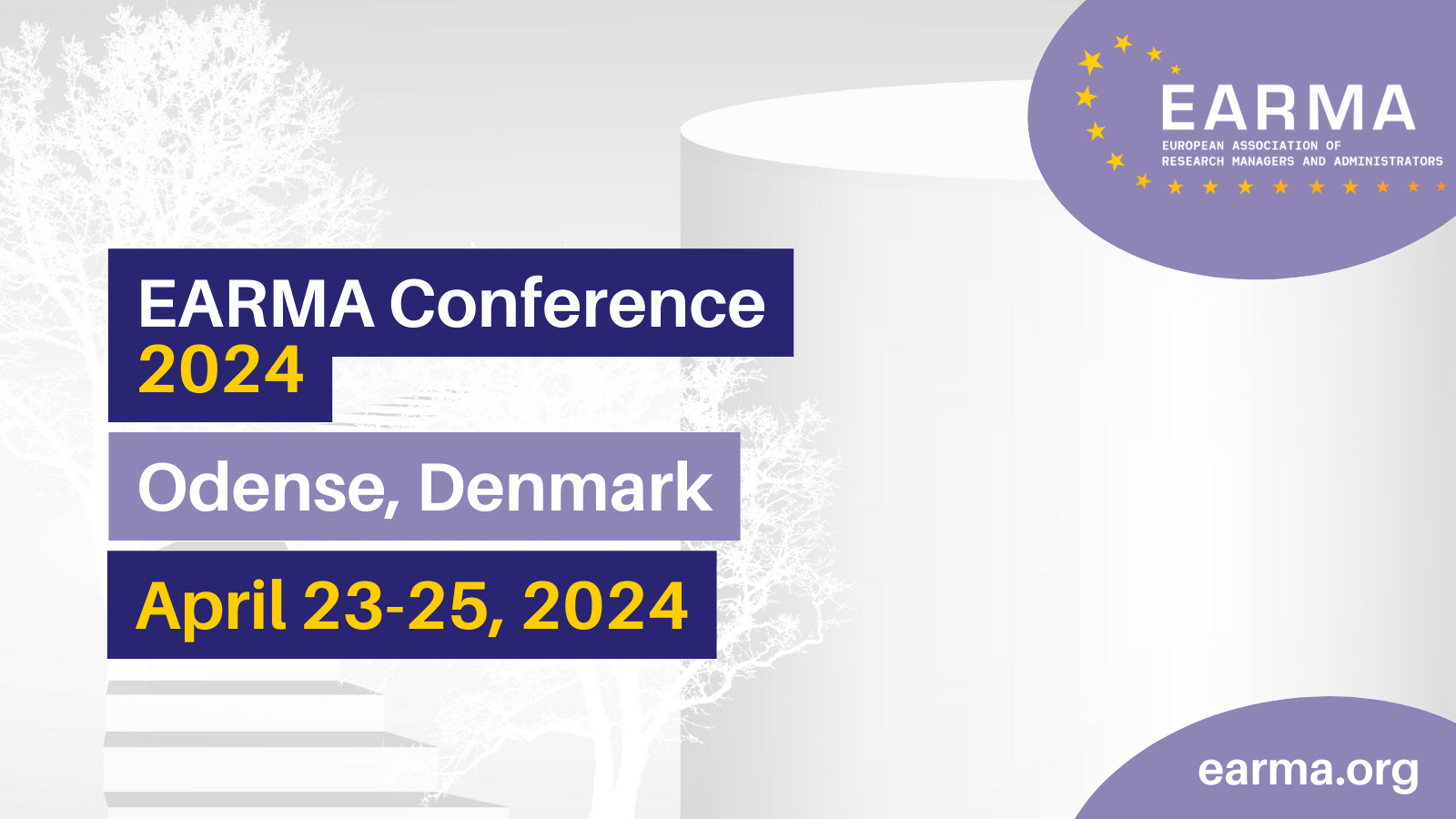Project Control
Project Control: from pre-award to post-award management. The Fraunhofer Portugal's use case.
Conference
Format: Pecha Kucha
Topic: IT Systems and tools supporting RMA now and in the future
Abstract
Project Control is a web application, developed by Fraunhofer Portugal, and used by this entity for the administrative, financial, and operational control of projects, throughout their life cycle. People who provide support to large research teams face the challenge of keeping up with all activities going on. Frequent questions are: “who is preparing proposals to call A?”, or “what is the average person-month cost of the institution?”, “what’s the remaining budget left to use in project A?”. The reality shows that most projects are still managed using excel, because most project management tools are too complex and/or expensive. But excel doesn’t allow for a centralized and up-to-date view of the status of the projects. At the start of Fraunhofer Portugal’s activities, we felt several problems. We were also using excel and it was difficult to find out which was the last version of the budget of proposals, which projects were active, who was the project manager, among other problems. To fix all those problems and more, we developed Project Control. It implements a well-established workflow that defines a process to create and track proposals and projects.
This process begins in the “lead” phase (when the project is still in its embryonic phase of defining objectives and budget), going through the proposal negotiation phase with the client or funding agency – “proposal” phase, to active project management – “project” phase, more traditional in project management tools . But we are not just talking about another project management tool. We are talking about a carefully thought process that aims to organize the way proposals are created and followed, to the way projects are carefully monitored, while maintaining simplicity, and increasing efficiency. This process was, then, converted into a software tool that allowed for the automatization of the sequence of well-defined steps. Thus, the title of this presentation: “Project Control: from pre-award to post-award management. The Fraunhofer Portugal's use case.”.
Its mission, in reality, is to simplify the lives of all stakeholders involved with public (or even private) research projects: from researchers to research managers, financial, and administrative departments, to high-level management, while increasing management efficiency. Benefiting from a simple and intuitive UI, even untrained researchers can assume the role of project managers. Research managers have a central place to find which projects are active, who is the project manager (or principal investigator), who is working on which projects. The financial department can get real-time figures of costs, revenues, and cash-flows. The high-level management can get a real-time overview of the status of projects.
We believe that, if Project Control is so useful at Fraunhofer Portugal, it can also be useful to many other organizations. Therefore, this presentation will describe Fraunhofer Portugal’s use case, and provide an overview on the attained improvements in management efficiency.


